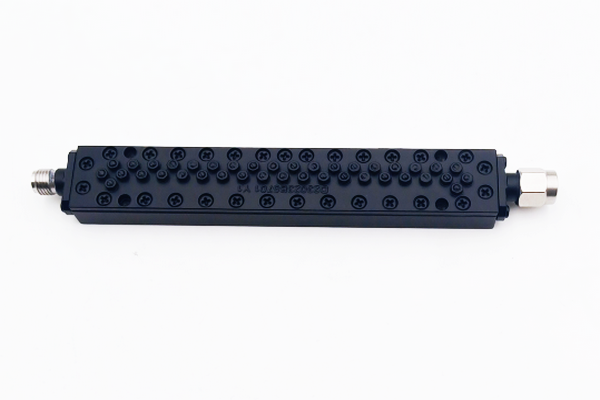High frequency band pass filters are electronic devices designed to allow only a specific range of high frequency signals to pass through while attenuating signals at frequencies outside that range. These filters are commonly used in communication systems, audio equipment, and other electronic applications that require precise frequency response. In this essay, we will explore the key features of high frequency band pass filters, including their frequency response, bandwidth, and Q-factor.
Frequency Response: The frequency response of a high frequency band pass filter determines how it attenuates signals at frequencies outside the passband and how much it amplifies signals within the passband. A well-designed high frequency band pass filter will have a sharp transition between the passband and stopband, with minimal ripple in the passband. The shape of the frequency response curve is determined by the filter’s design, and it can be characterized by its center frequency and its bandwidth.
Bandwidth: The bandwidth of a high frequency band pass filter is the range of frequencies that are allowed to pass through the filter with minimal attenuation. It is typically specified as the difference between the upper and lower -3 dB frequencies, which are the frequencies at which the filter’s output power is reduced by 50% relative to the maximum power in the passband. The bandwidth of a high frequency band pass filter is an important parameter that determines its selectivity and how well it can reject unwanted signals outside the passband.
Q-Factor: The Q-factor of a high frequency band pass filter is a measure of its selectivity or sharpness of the filter’s frequency response. It is defined as the ratio of the center frequency to the bandwidth. A higher Q-factor corresponds to a narrower bandwidth and a sharper frequency response, while a lower Q-factor corresponds to a wider bandwidth and a more gradual frequency response. The Q-factor of a high frequency band pass filter is an important parameter that determines its performance in rejecting unwanted signals outside the passband.
Insertion Loss: The insertion loss of a high frequency band pass filter is the amount of signal attenuation that occurs when the signal passes through the filter. It is usually expressed in decibels and is a measure of how much the filter attenuates signals in the passband. A well-designed high frequency band pass filter should have minimal insertion loss in the passband to avoid degrading the signal quality.
Impedance Matching: Impedance matching is an important feature of high frequency band pass filters, especially in communication systems. The input and output impedance of the filter should be matched to the source and load impedance to minimize signal reflections and optimize signal transfer. A well-matched high frequency band pass filter will have minimal signal loss and distortion.
In conclusion, high frequency band pass filters are essential components in electronic circuits that require precise frequency response. Their key features include their frequency response, bandwidth, Q-factor, insertion loss, and impedance matching. A well-designed high frequency band pass filter should have a sharp frequency response, a narrow bandwidth, minimal insertion loss, and impedance matching to ensure optimal performance.
As a professional manufacturer of RF filters, our engineers have rich experience of customing design high frequency bandpass filter as the definition, more details can be consulted with us : sales@cdjx-mw.com
Post time: May-10-2023






